Serbia 0-0 Spain: Missed Chances and Defensive Grit Define a Stalemate in Belgrade
In Belgrade’s Red Star Stadium, the Nations League kicked off with a stalemate between Serbia and Spain. A goalless affair on the surface, but beneath the scoreline lay a game full of tactical battles, missed opportunities, and moments of defensive resilience. Despite dominating possession and creating the better chances, Spain couldn’t break through Serbia’s organized defense, leaving both teams to walk away with a point.
In this article, we break down the main talking points in this unexpected stalemate!
How did Spain Set Up for Nations League?
With Rodri and Álvaro Morata sidelined for the match in Belgrade, Luis de la Fuente opted for a reshuffled midfield, pairing Martín Zubimendi with Fabián Ruiz and handing Ayoze Pérez his first start for Spain’s national team. Despite these changes, Spain’s tactical approach remained familiar, sticking to the 2-3-5 formation they’ve employed throughout their Euro 2024 campaign.
In this setup, Zubimendi anchored the midfield just in front of the two central defenders, while Marc Cucurella and Dani Carvajal advanced up the flanks. Spain’s defensive line was notably high, with their average position stretching well into midfield.
As has been customary, Nico Williams and Lamine Yamal were positioned as the furthest forwards. Spain initially focused their attacking efforts down the left wing in the first half but shifted their emphasis to Yamal on the right after the break.
Pérez’s debut as a starter was underwhelming. His frustration was evident as he exited the pitch in the 57th minute, having managed just 9 touches and 2 passes in his hour on the field. Against Serbia’s robust defense, Pérez struggled to assert himself and find any rhythm, reflecting a challenging debut performance.
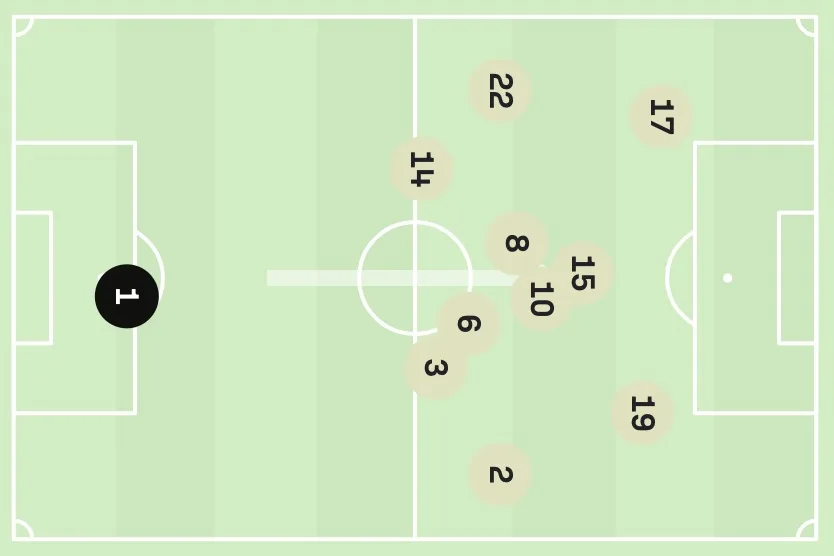
Spain’s Possession, Serbia’s Defensive Resolve
Luis de la Fuente’s Spain entered the match as heavy favourites, fresh off their Euro 2024 triumph. While missing key players like Rodri and Alvaro Morata, the depth of La Roja’s squad was on full display. Spain controlled the ball with typical precision, ending the night with 74% possession. Martín Zubimendi and Fabián Ruiz dictated play from midfield, ensuring Spain spent most of the night camped in Serbia’s half.
But for all Spain’s possession and technical flair, Serbia, under Dragan Stojković, had clearly done their homework. Set up in a 3-4-2-1 which turned into a 5-4-1 out of posession, Serbia’s backline absorbed pressure, with Nikola Milenković and Strahinja Pavlović putting in commanding performances. In the second half, there were moments when the entire Serbian team was in their own box, trying to repel Spain’s constant assault.
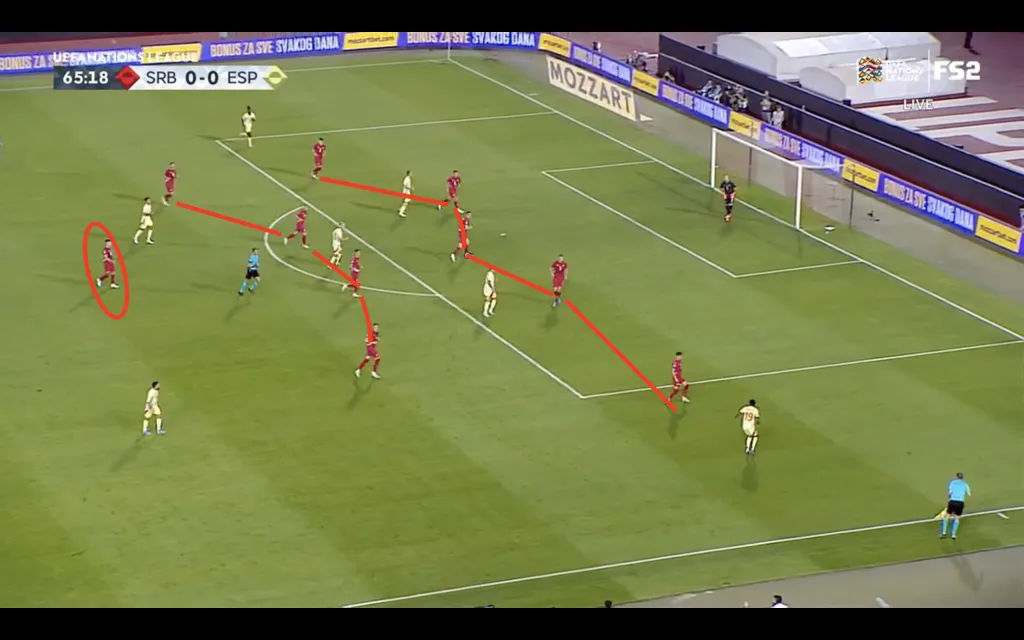
Strahinja Pavlović had an exceptional performance, with three tackles and one interception, but the statistics do not show his determination and imposing performance, where in the second half, he took the ball from the edge of his own box, quickly combined with his teammates and made a run up until Raya’s penalty area.
The wingbacks, particularly Veljko Birmancević (who also celebrated each tackle as if they had won the entire competition), combined defensive duties with forward surges, providing Serbia with an outlet on the counter.
The first half showcased Serbia’s resilience but also their vulnerabilities. A glaring chance fell to Luka Jović, who will likely still be wondering how he failed to convert from eight yards out after being slipped in by Andrija Živković. That miss encapsulated Serbia’s night – solid defensively but wasteful when it mattered most.
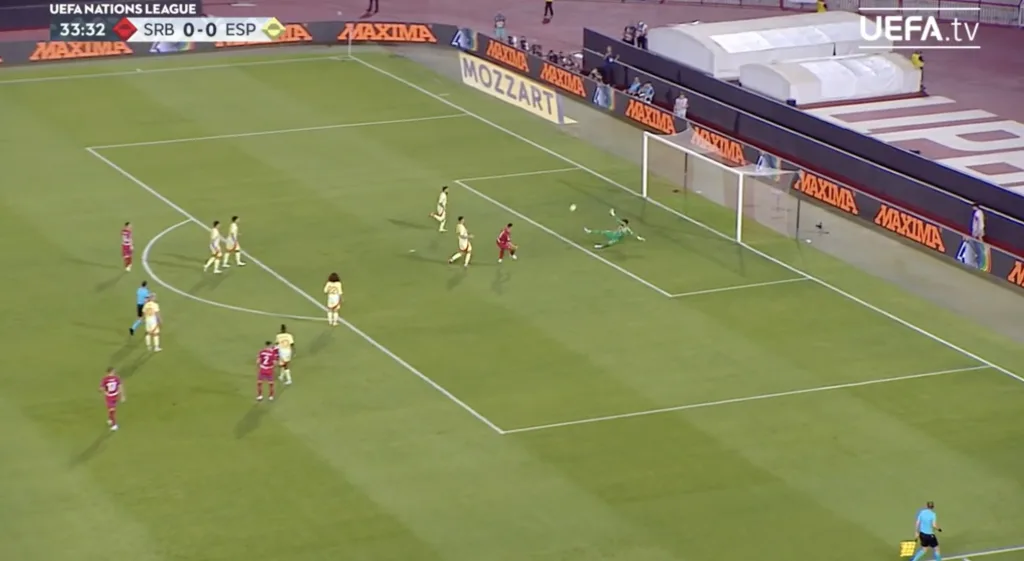
Yamal Shines Bright but Spain Lack Cutting Edge
For Spain, much of their second-half improvement came through Lamine Yamal, the 16-year-old prodigy from Barcelona. Starting on the right wing, Yamal offered dynamism and creativity, a constant thorn in Serbia’s defense. Twice he came close to scoring: once with a bending effort just past the post, and another with a powerful strike that forced Predrag Rajković into an excellent save.
Despite Yamal’s individual brilliance, Spain struggled to create high-quality chances against Serbia’s low block. Dani Olmo and Nico Williams were active but lacked the final product, while Joselu’s late introduction gave Spain a more direct presence in the box, but it wasn’t enough to unlock Serbia’s defense.
Spain’s best chance came in the 70th minute when Alex Grimaldo’s curling free-kick seemed destined for the top corner, only for Rajković to claw it away. Moments later, Yamal whipped in a dangerous cross that Joselu headed over, typifying Spain’s frustration in the final third.
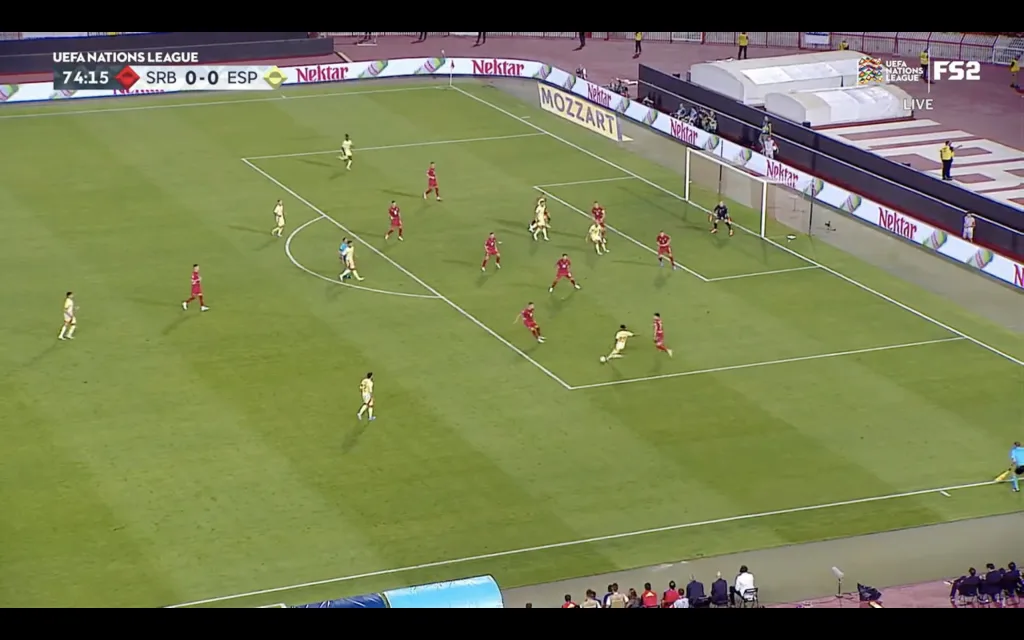
Serbia’s Counterpunch: What Could Have Been
While Spain dictated play, Serbia were far from passive spectators. Whenever they regained possession, Serbia looked to hit on the break, with Luka Ilić and Lazar Samardžić orchestrating moves from midfield. Their transitions were quick and decisive, and on another night, Serbia could have punished Spain’s high line.
The home side’s standout opportunity came in the 34th minute when a lightning-quick counter led to Jović’s unthinkable miss. It was a moment that summed up Serbia’s attacking efforts: promising but lacking execution. Despite their 1.16 xG suggesting they were close to breaking the deadlock, they couldn’t capitalize on the few opportunities they created.
Defensive Masterclass or Missed Opportunity?
In the end, it was a game that both sides will reflect on with mixed feelings. For Spain, the match will feel like two points dropped. They had control, the lion’s share of possession, and a handful of chances to seal the win. Yet, de la Fuente’s side lacked the clinical edge in the final third – a recurring issue when Morata isn’t leading the line. And they had plenty of chances, with Spain entering the final third 82 times, compared to Serbia’s 30.
Serbia, meanwhile, can be proud of their defensive structure. Stojković set his team up to frustrate Spain, and for the most part, it worked. However, Jović’s missed chance will haunt them. In a group that also features heavyweights like Italy and Belgium, Serbia will know they need to take their chances if they are to progress.
What Comes Next?
Both teams now look ahead to their next fixtures, with Spain hosting Italy in what promises to be a high-stakes clash, while Serbia travels to face Belgium. Despite the 0-0 scoreline, this Nations League opener provided plenty of intrigue and questions for both teams. Can Spain find a consistent goal-scorer in Morata’s absence? Will Serbia’s defensive solidity hold against stronger opposition?
For now, both will take the point, but it’s clear that for Spain, the Nations League title defense will require more ruthlessness, while Serbia will need to find the attacking spark to complement their defensive resilience.

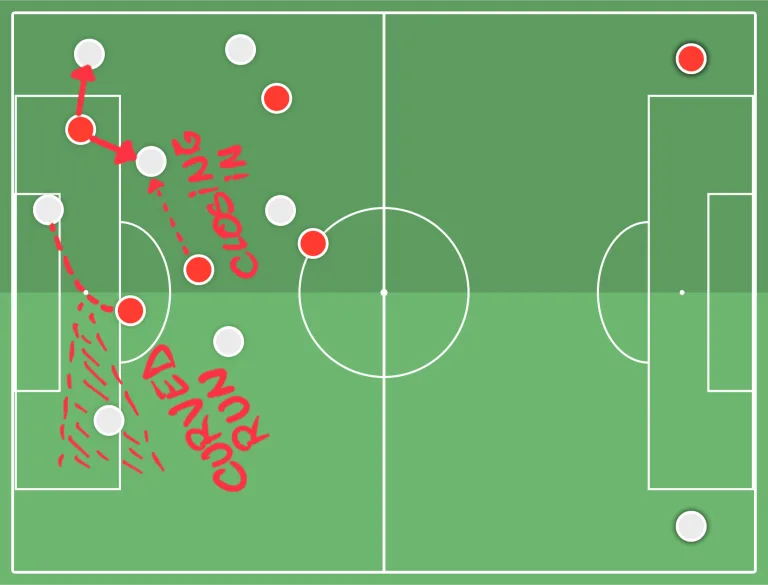
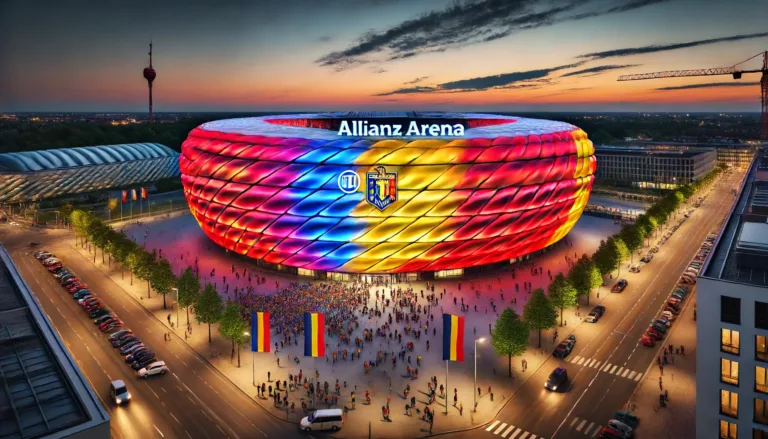
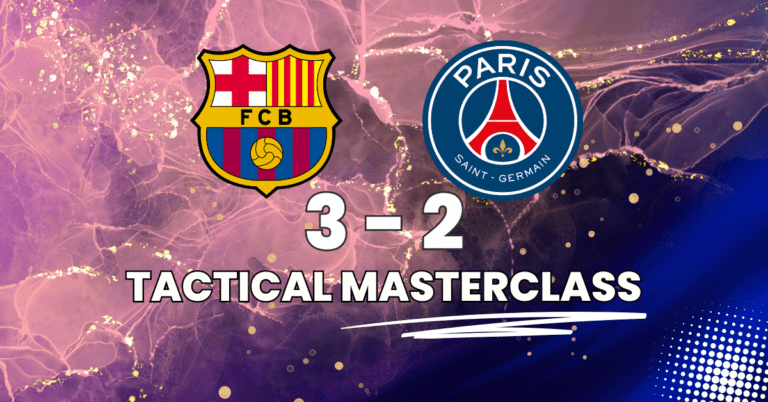


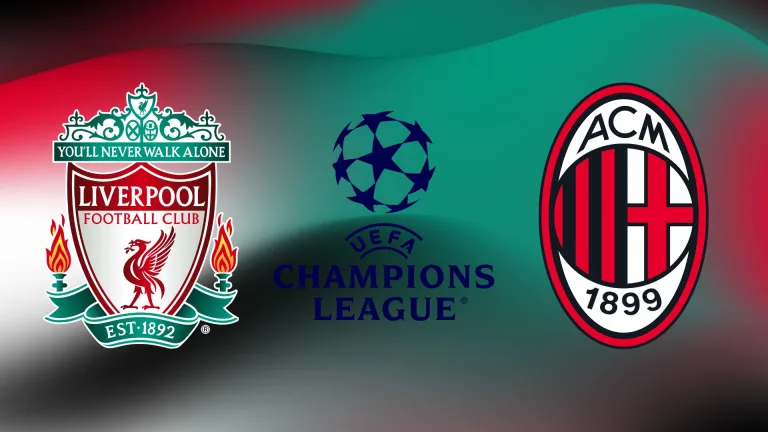
Leave a Reply